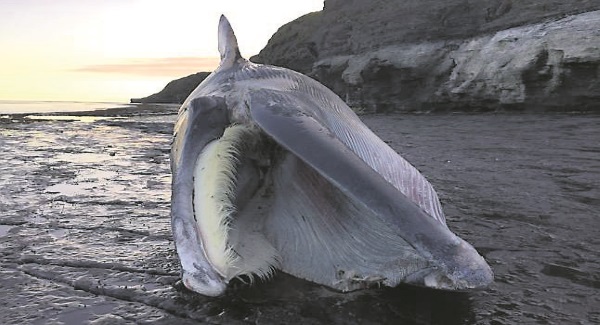OF THE
TIMES
History will have to record that the greatest tragedy of this period of social transition was not the strident clamor of the bad people, but the appalling silence of the good people.
Here's what most don't get: the only Court you need to have declare a BAD LAW to be null is the one you're in, on a Jury. Your first duty as a...
am surprised the clampdown took so long - legitimate, truly sympathetic protest would concentrate purely on Peace, it would see that both sides...
Tough titty Orli Degani. If you want to be a jewish politician then go back to isreal and be one. Your fellow jewish people in the stolen lands...
Hopefully, the courts will declare unconstitutional this latest assault in the First Amendment.
He disappeared for a bit, didn't he? Somthing about disease treatment. I thought when he re-appeared that he'd been replaced, or at least...
To submit an article for publication, see our Submission Guidelines
Reader comments do not necessarily reflect the views of the volunteers, editors, and directors of SOTT.net or the Quantum Future Group.
Some icons on this site were created by: Afterglow, Aha-Soft, AntialiasFactory, artdesigner.lv, Artura, DailyOverview, Everaldo, GraphicsFuel, IconFactory, Iconka, IconShock, Icons-Land, i-love-icons, KDE-look.org, Klukeart, mugenb16, Map Icons Collection, PetshopBoxStudio, VisualPharm, wbeiruti, WebIconset
Powered by PikaJS 🐁 and In·Site
Original content © 2002-2024 by Sott.net/Signs of the Times. See: FAIR USE NOTICE

Reader Comments
to our Newsletter